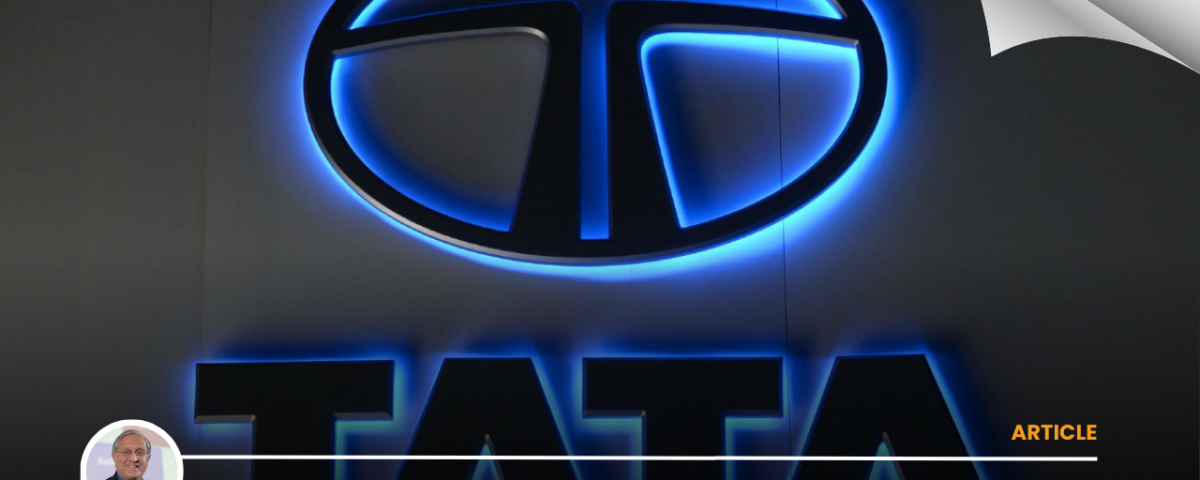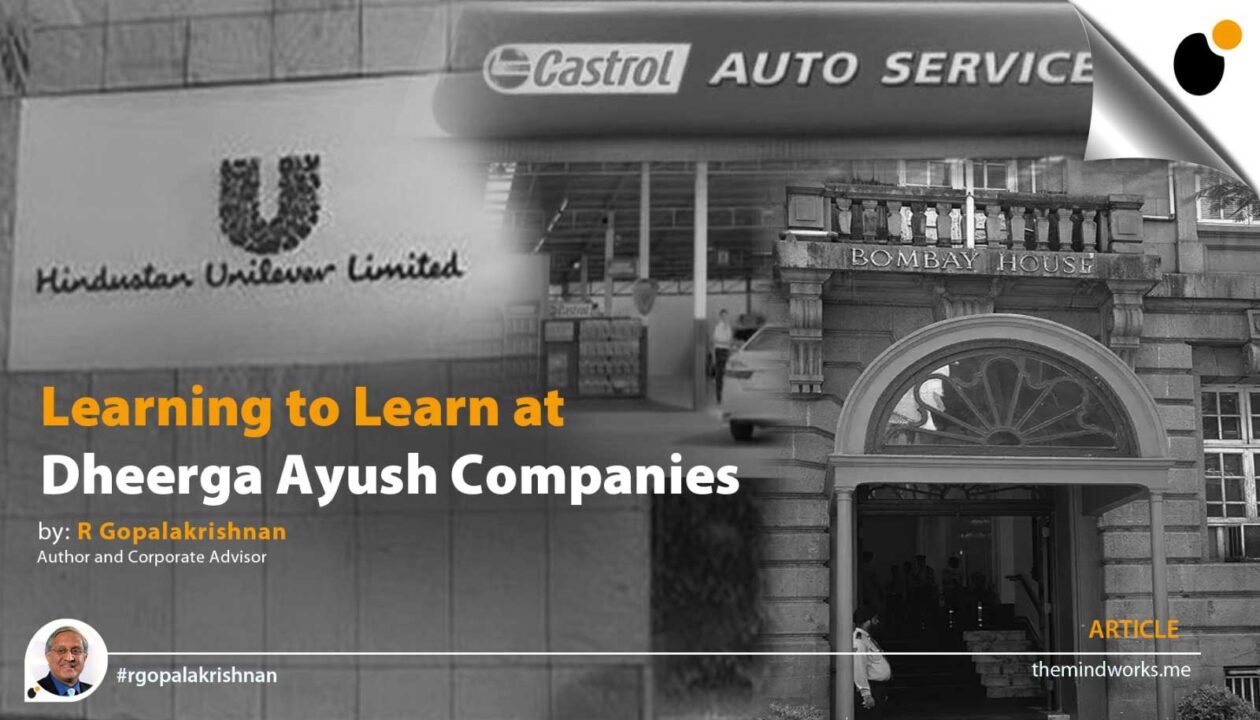To appear on 2-12-21
‘Transforming organizations’: a series in New Indian Express.
Transformation after liberalization: Tata
R Gopalakrishnan*
(*The writer’s latest book title, “Pivots for Career Success—unleashing people power”, coauthored with R Srinivasan, has just been published. He was Director of Tata Sons and Vice Chairman of Hindustan Unilever).
Email: rgopal@themindworks.me
In the last three columns, I reviewed the immediate and the after-response of Hindustan Unilever to liberalization, as also the immediate response of Tata. Here is the after-response of Tata.
The Tata group seized the opportunities presented by the reforms and embarked on a remarkable journey that has transformed it into a vibrant and global business house. Tata executed a program of transformation after liberalization through four ‘welding’ mechanisms:
- The setting up of the Group Executive Office, GEO.
- The setting up of a common, unified brand
- An explicit code of conduct, which had been implicit all the earlier years
- A set of operating requirements for companies that used the brand
The group increased ownership in the major companies and re-established Tata Sons as the focal point of the group, an opposite action to what JRD Tata had done earlier to comply with the MRTP legislation. Where increase of shareholding was not possible, as in the case of Associated Cement Company, Tata shareholding was sold.
Some group companies were divested from Tata. There were multiple companies in the same market space, and, over time, attempts were made to rationalize them. Public sector company CMC Ltd was acquired by TCS and later merged into Tata Consultancy.
The serial mention of these moves does not mean that the decisions were easily accepted. Each one required a de novo debate with directors of different boards, each one was perceived at the time to be a ‘non-Tata way’ of solving a problem, and there followed a sequence of cajoling, determination, and grit while implementing.
The external impression was that Tata was less nimble than others, more resistant to change and extremely set in its ways. Unless Tata companies were bench-marked against the brightest and the best, the probability of change was going to be low. Ratan Tata observed candidly, “We have yet to seek excellence in all that we do. We hang a picture slightly crooked and live with it for ten years; this should bother us the first time we see it and keep on bothering us until it is set right.”
The Tata group adopted the Tata Business Excellence Model (TBEM), based on the quality improvement framework developed for the Malcolm Baldrige National Quality Awards. In February 1995, the first batch of assessors met at the Tata Management Training Centre for in-depth training on the Baldrige model. They assessed twelve Tata companies, and the average score was an abysmal 215 out of a maximum score of 1,000 (now, the major Tata companies have crossed 600). The journey was to be long, painful, exhausting, but rewarding.
The first winner of the JRD Quality Values Award for performance within the TBEM framework, was Tata Steel in 2000. The company went on to win the Deming Prize in 2008, and then the coveted Grand Deming Prize in 2012. Indeed, TBEM set the tone and created the foundation for a critical transformational exercise in the group. It has also been the glue in binding the group together and enhancing the Tata brand. The opening up of the economy, the removal of unnecessary restrictions relating to investments and the relaxation in foreign exchange rules created new capabilities within Tata companies.
Two are particularly worth mentioning. The first is the dramatic restructuring undertaken by Tata Steel during the 1990s. Within a decade Tata Steel had been transformed by downsizing the workforce to less than half of its starting size. The plan was implemented with empathy and humaneness, symbolic of how to do disagreeable things in an agreeable way. The plants were modernized with new technologies and a management mindset was instilled, one which could dream and execute big transformations.
The second was to press ahead with a Tata Consultancy Services (TCS) IPO. This set free an aggressive TCS, then ranked beyond 30th rank among global I.T. players in 2000, to break into the top 10 globally. The company had worked with Professor Pankaj Ghemawat but, in a sense, stumbled onto this audacious goal through its internal brainstorming. The company set about its task through a huge organizational transformation to help its people think globally about customers, work processes and quality.
Had MRTP continued, Tata could not have implemented its TBEM or the Code of Conduct. The adherence of Tata companies to both the TBEM process and the Tata Code of Conduct was permanently enshrined in the Brand Equity and Business Promotion Agreement. Each Tata company subscribed to this agreement in order to secure the right to use the Tata brand. This played an immense role in presenting to the world Tata products and services that stand for performance and trust. Beginning with Tata Tea’s acquisition of Tetley in 2000, the group made several significant overseas acquisitions.
This eventually led to the formation of the Tata Group Innovation Forum in 2007, and the celebration of the group’s pioneering instincts through annual Tata Innovista Awards. The group’s increasing number of patent applications reflected the rapid progress that the group was making.
The unshackling of the Indian economy led to dramatic changes within the group, though its core ethos and emphasis on ethical business practices and its commitment to the communities in which it operates did not change. The journey since the reforms process began has been exciting for the Tata group, which has rejuvenated existing businesses, entered new ones, aggressively expanded in the overseas markets, and launched breakthrough products. The companies in the Tata group are now building Brand India across the globe.



